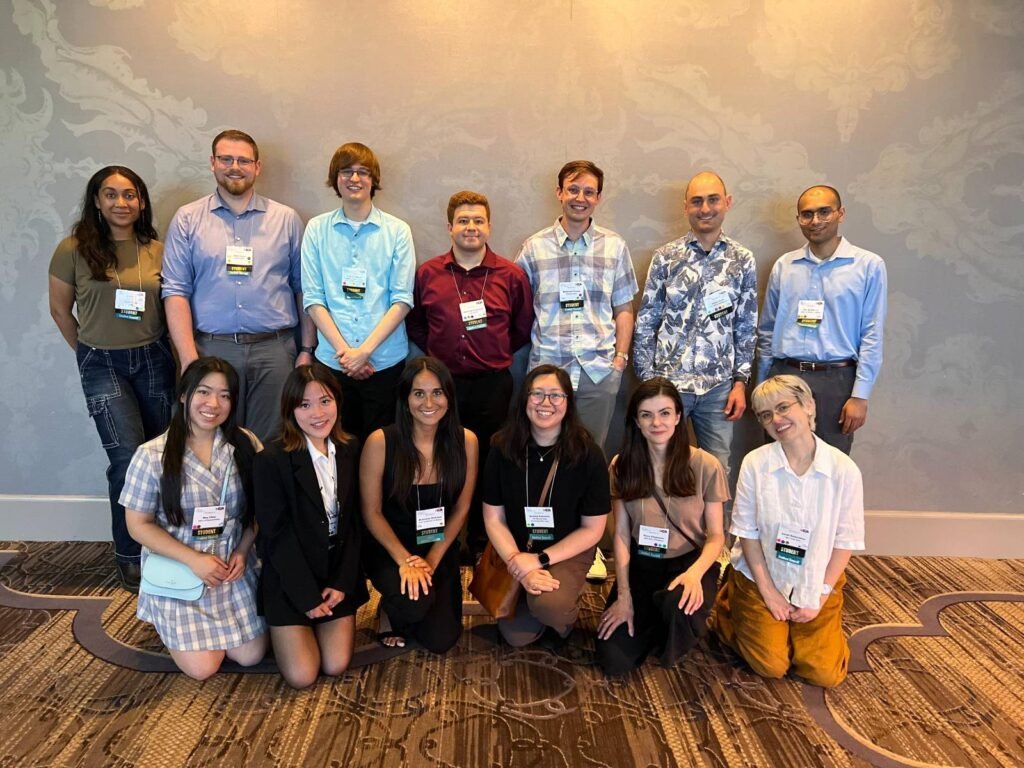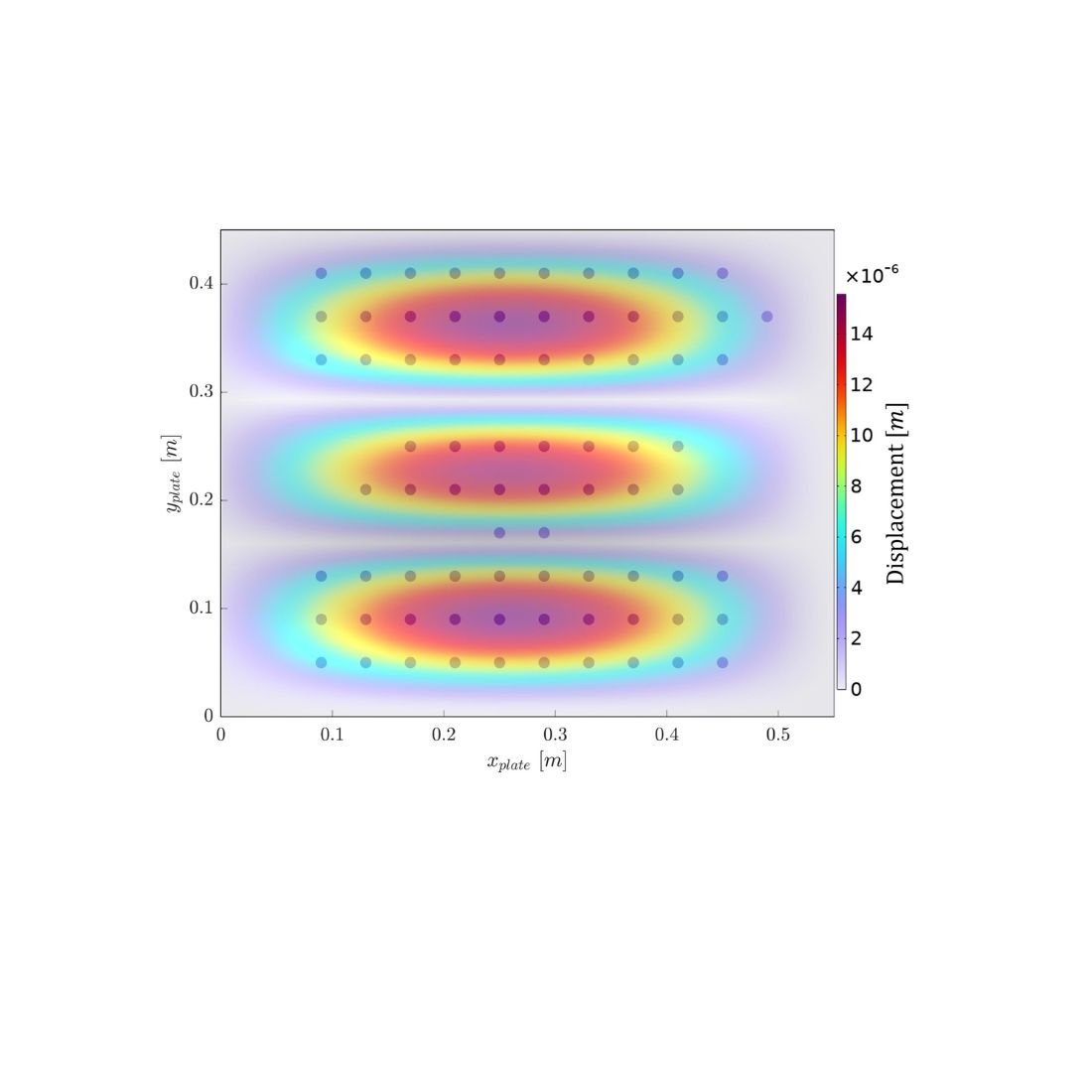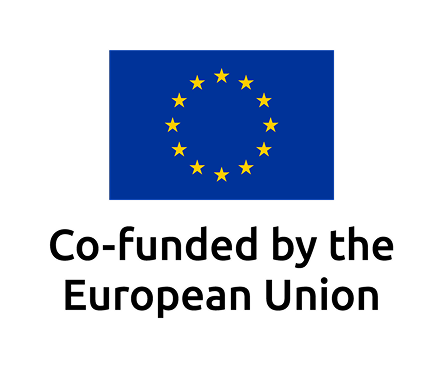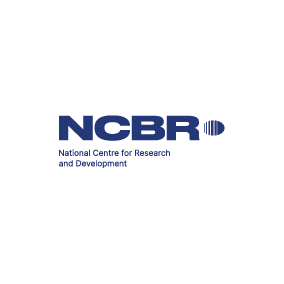Quiet revolutions are happening in acoustics! At the 188th Acoustical Society of America Conference and 25th International Congress on Acoustics (ASA/ICA 2025) in New Orleans, our expert Klara Chojnacka from Silencions presented an innovative approach to optimising the distribution of vibroacoustic metamaterials. This is a huge step in noise reduction research that opens up new perspectives for many industries.

The challenges of modern acoustics: why are traditional solutions no longer enough?
The design of quiet and efficient structures is placing increasing demands on engineers. Traditional noise reduction methods, based on simple material solutions, are no longer sufficient in the current technological and market environment. Their main limitation is the need for compromises: achieving high sound insulation often requires heavy materials and extensive construction, which in turn generates higher costs and limits design freedom. All of this inhibits innovation and reduces the efficiency of projects, especially in sectors where optimising the weight and dimensions of structures is a design priority.
In the face of these market challenges, solutions have become urgently needed that are able to simultaneously combine lightness, minimal dimensions and excellent sound insulation, without mutual concessions. The potential to solve these challenges lies in vibroacoustic metamaterials. Vibroacoustic metamaterials are specially designed structures whose mechanical and acoustic properties are not determined by the type of materials used, but by their precisely defined geometry. They are used to increase the acoustic insulation of partitions, especially in the low frequency range, by exploiting phenomena such as local resonance or the effect of forbidden bands, which limit the transmission of vibrations and sound.
Their use to date, often based on a homogeneous and periodic arrangement of elements, has not allowed them to unleash their full potential. As a result, a large part of their properties remained unused.
Klara Chojnacka’s solution: optimising the distribution of metamaterials
Responding to today’s acoustic challenges is an innovative approach by Klara Chojnacka of Silencions, which focuses on optimising the distribution of vibroacoustic metamaterials. Klara presented a solution that involves the use of advanced algorithms to precisely place resonating elements in metamaterials. The research showed that the effectiveness of each resonant element in the metamaterial depends on the amplitude of the base plate displacement. This means that elements placed in areas of lower displacement amplitude were less effective than those in regions of higher displacement. Clare’s solution focuses on strategically placing metamaterials where the vibrations are strongest, maximising their ability to dampen noise. This allows for structures with unprecedented acoustic insulation and vibration damping efficiency, while maintaining low weight and compact dimensions.

This innovative approach goes beyond traditional design methods and allows acoustic properties to be fine-tuned to meet specific design requirements. The use of genetic algorithms enables the exploration of millions of potential layouts, selecting those that offer optimum performance for a given application. Klara Chojnacka has shown that, in this way, metamaterials can become a pillar of the future of acoustics, offering solutions previously out of reach and thus redefining the possibilities in the field of noise reduction.

Methodology and validation of the solution
The research presented by Klara Chojnacka is built on an appropriately tailored research methodology to solve the problem under analysis. Klara Chojnacka based her calculations on the Method of Moving Asymptotes (MMA). Simulations, crucial for validating the theory, were carried out in the COMSOL Multiphysics environment using MATLAB, combining advanced analytical and numerical approaches in the analysis of mechanical impedance and acoustic insulation.
Crucially, the simulation results were thoroughly validated through a series of precise vibroacoustic measurements. This included measurements of the Sound Reduction Index in the reverberation chamber. This two-pronged validation, combining advanced simulations with actual laboratory tests, demonstrates the research reliability and reinforces their potential for implementation in projects.
Less material consumption, lighter structures: new business opportunities
Klara Chojnacka’s work and the metamaterial decomposition optimisation solutions used in it open up new business opportunities for many sectors. Significant benefits are possible with this technology, which translate into real competitive advantages in many sectors:
- Saving material and reducing costs: the significant reduction in raw material consumption translates into lower production, transport and assembly costs. Where traditional solutions required heavy and bulky materials, it is now possible to achieve better results with significantly lower weight and smaller dimensions.
- Increased acoustic efficiency: more effective soundproofing of machines, production lines, workspaces or cabins, resulting in improved working conditions, comfort and overall productivity.
- New design possibilities: research opens up the opportunity to create lighter, thinner and more compact designs without compromising on sound insulation, which is invaluable in industries requiring weight and space optimisation.
- Improved environmental comfort: significant improvements in acoustics increase comfort and productivity in a variety of environments, from production halls to offices, vehicles and living spaces.
Klara Chojnacka’s innovative approach opens up new perspectives in the design of quiet and lightweight solutions. It improves their application in industry, construction, transport and many other sectors where every gram and decibel matters.
Acoustics for business: from science to practice at Silencions
At Silencions, science translates into tangible benefits for business. Solutions such as those presented by Klara Chojnacka at the ASA/ICA 2025 conference are the scientific foundation of our business. We draw on the latest developments in acoustics and metamaterials to deliver proven and effective tools and products.
Our approach is one of practical optimisation, translating into more efficient machines, better production processes, increased working comfort and, ultimately, higher profits for our customers. We create flexible acoustic solutions, finely tuned to each company’s unique challenges. We are proud that our experts are actively shaping the future of acoustics, delivering innovations that transform work environments to be quieter and more productive.
Silencions: commitment to acoustic development
Looking for support in reducing noise or vibration in your business? Get in touch with us! Our experts will help you find the best solution.
Contact us today to find out how we can support your projects and contribute to the success of your business.

